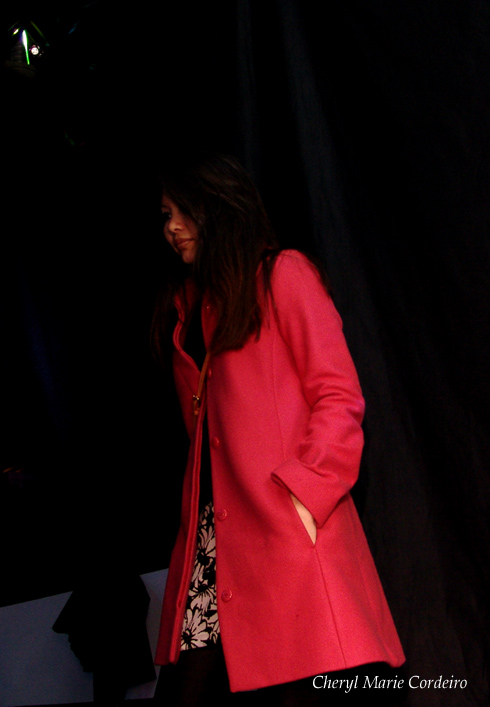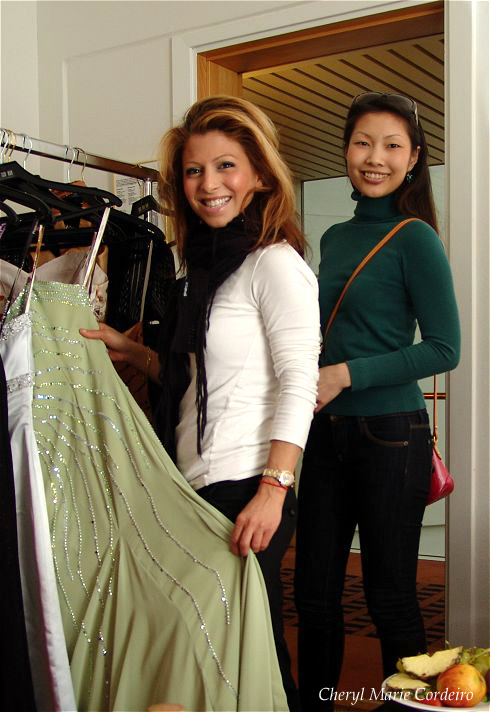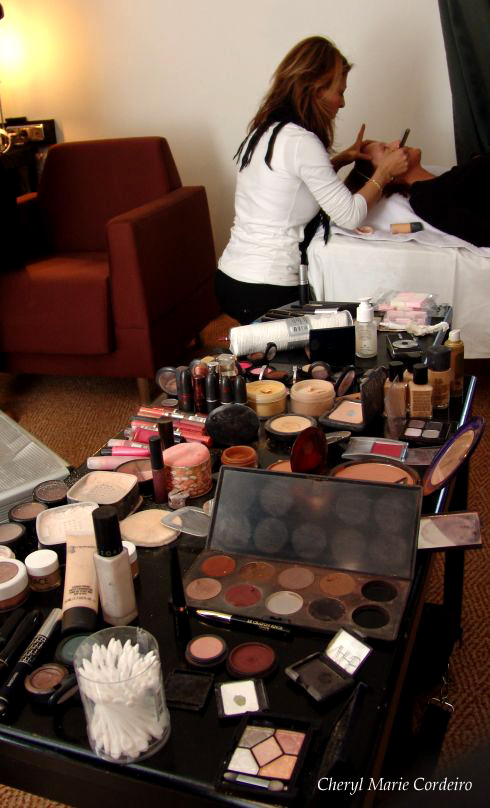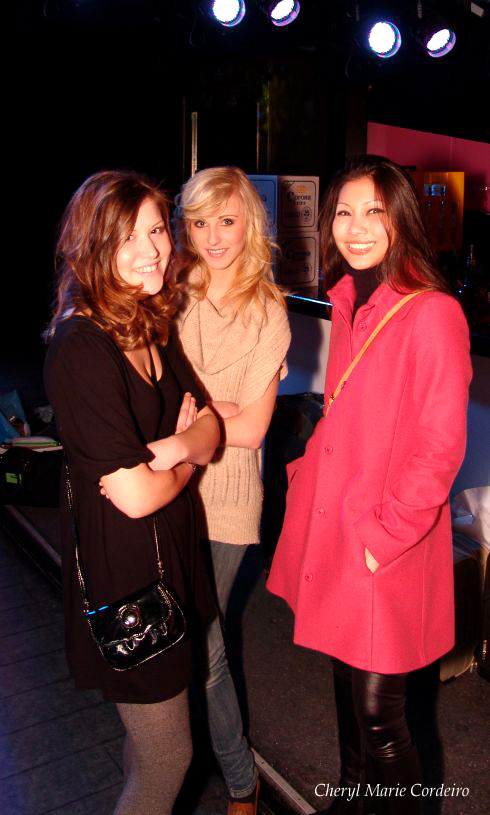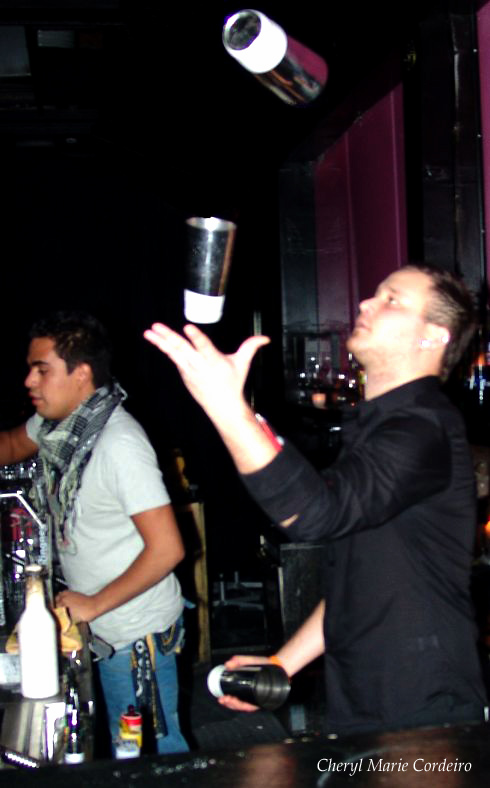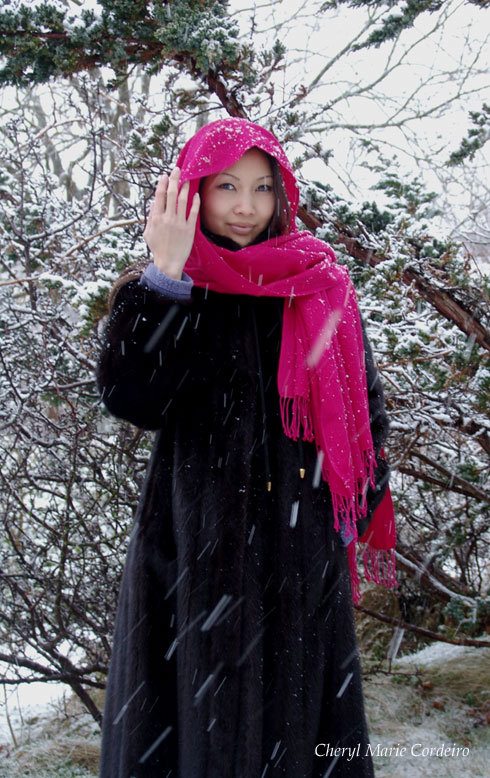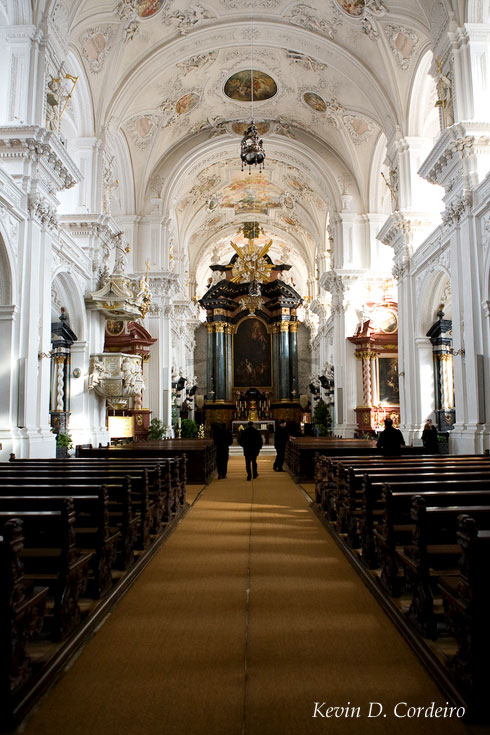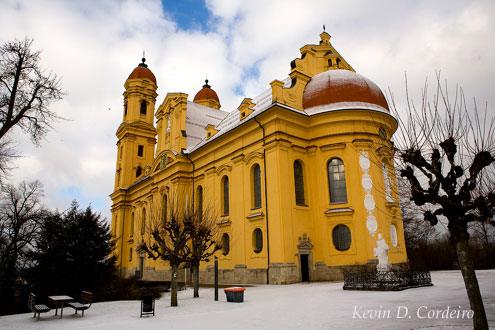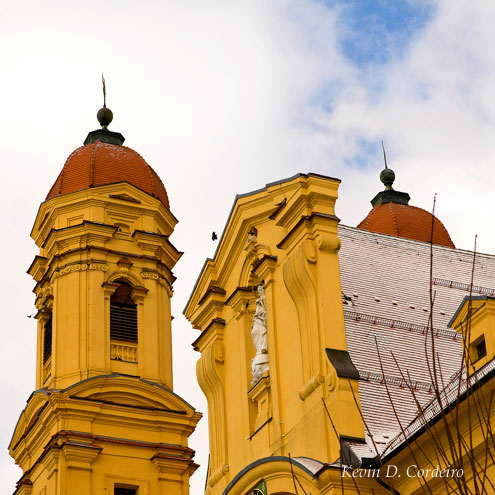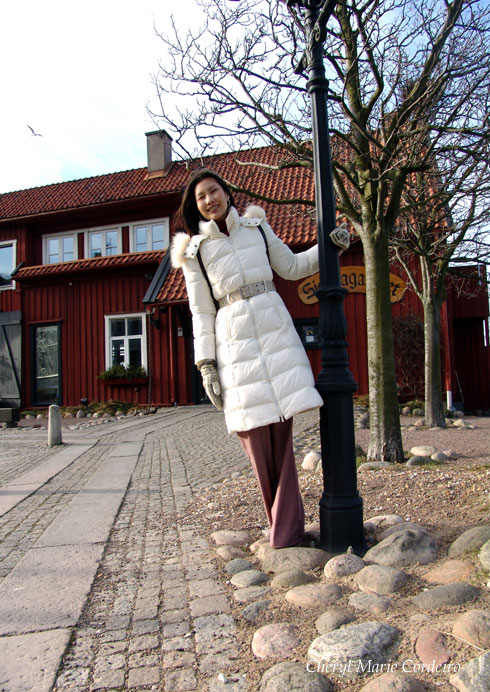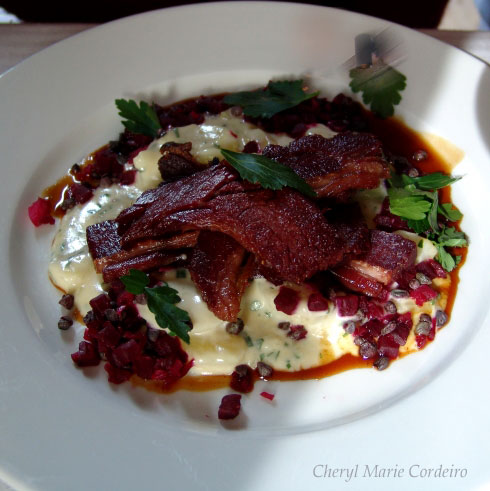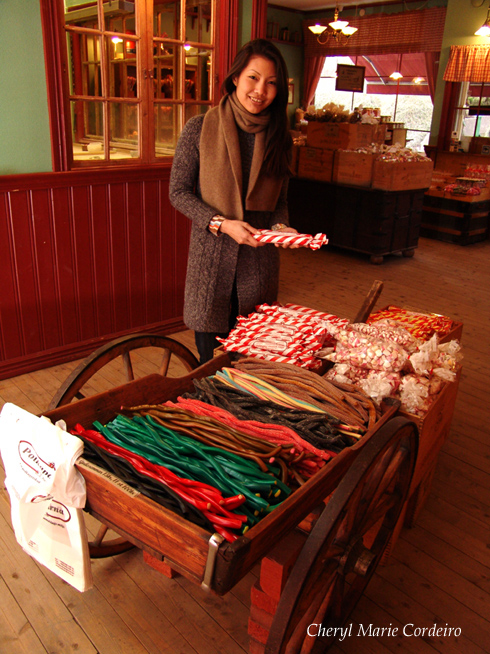
Isn’t visiting a candy factory something we have always dreamt about? Well, yesterday that dream came true for me!
All photos for CMC by: Jan-Erik Nilsson © 2009.
Although I need to admit that chocolate would have been my preferred choice of candy, the chance to visit a polkagris or striped candy cane factory in the small-town of Gränna is a dream come true!
Gränna with its adjacent island of Visingsö in Vättern, the second largest lake in Sweden, is a tourist paradise and located only a few hours of driving from either of the cities of Gothenburg or Stockholm. Its narrow cobbled streets and old fashioned houses reminds me of Arrow Town in New Zealand.
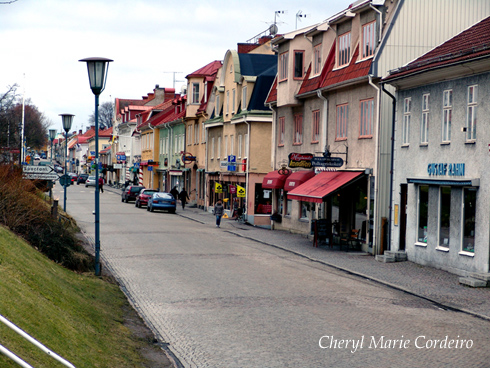
A street in Gränna, lined with polkagris factory shop fronts displaying their trade. This street was the R1 national highway until the 1970s. Today the new highway runs outside of the city, not too far off.
Through Gränna runs the former “R1” which was once the main road between the Swedish West and East coast, connecting the two major cities of Gothenburg and Stockholm. By the 1970s the new E4 highway was built outside of Gränna. Today, during the summer, this old main road becomes completely blocked with tourists. Continue reading “Visiting the Polkagris town of Gränna, Sweden 2009”
